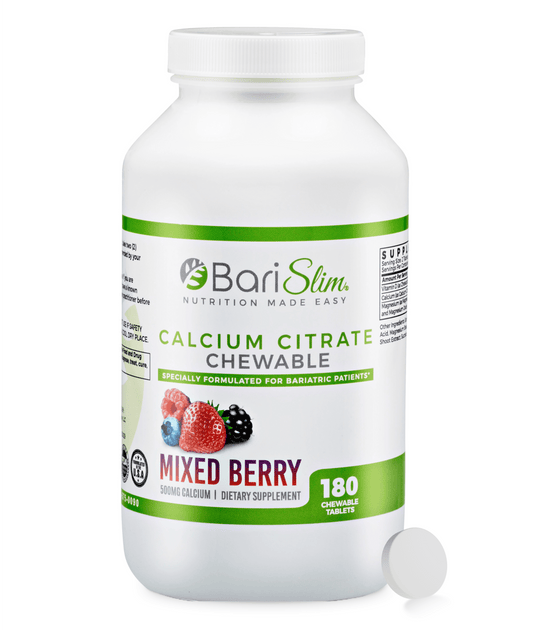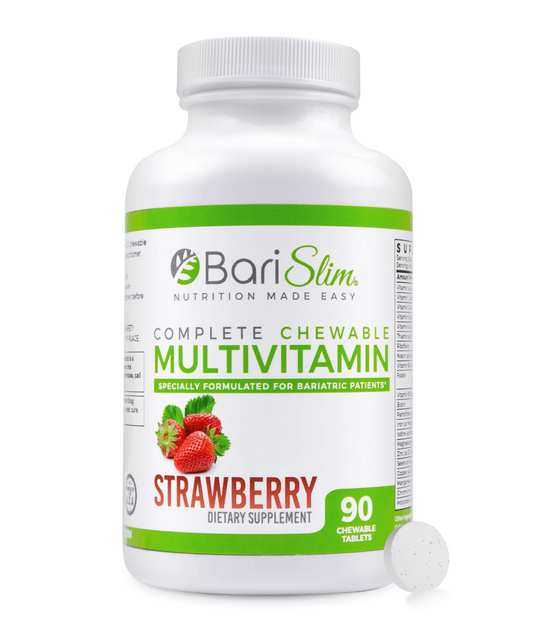Bariatric surgery is a great tool for obese patients seeking a return to a healthy weight, but it’s not a magic fix. Following the procedure, patients will need to follow an eating regimen consisting of five stages, culminating with the diet patients will follow thereafter. Having bariatric recipes to accompany each of the stages can help patients complete each step successfully.
Stage One
The first stage of eating following your weight-loss procedure will consist of clear liquids and will last throughout the hospital stay. During this time, the goal of consumption should be to remain hydrated. At this point, some beverages are inappropriate, so patients should make sure that all bariatric recipes during stage 1 are room temperature and suitably diluted. Sports drinks with electrolytes are great during this phase, but you should avoid sugar, caffeine, and carbonation at all costs.
Stage Two
Progressing to a full liquid diet marks the first full two weeks after returning home from the hospital. Bariatric recipes during stage 2 will be limited to a liquid consistency. At this point, you should add protein and vitamin supplementation, milk, fat free yogurt, and strained cream soups. Nothing consumed should be thicker than a milk shake, and it should take 15 minutes to consume an ounce of liquid.
Stage Three
From the beginning of the third week through the end of the fourth, pureed foods make up the third phase of bariatric eating. Every effort should be made to make sure that foods are no thicker than yogurt at this point; anything thicker will stick and cause vomiting. Protein powders can be beneficial at this stage when adequate protein may be difficult to achieve. With the right bariatric recipes for stage 3, you can keep variety in your diet while preparing to move on to the next eating stage.
Stage Four
The next stage in bariatric eating consists of eating soft foods. The recovery process demands that you chew soft foods quite thoroughly and slowly. The food itself should be soft and finely chopped and can include a variety of lean meats, beans, vegetables, and other soft foods. Make your meals soft and tasty with a few creative bariatric recipes designed for stage 4.
Stage Five
The final step in a return to regular texture foods is stage five. This phase works as a step wise process as well in that you’ll need to introduce one new food at a time to identify any that might cause issues like dumping syndrome. Recognize that some foods can continue to cause problems and the return to regular food will be gradual. You’ll find plenty of bariatric recipes perfect for stage 5, but be sure that you include plenty of low-fat protein, dairy, vegetables, and fruit. While your goal should be a well-balanced diet, protein supplementation and a bariatric multivitamin is still appropriate and will continue to be. The restrictive nature of the procedure is great for weight-loss but makes it difficult to meet the protein and nutrient demands of the body through food alone.



 Order Free Sample
Order Free Sample





